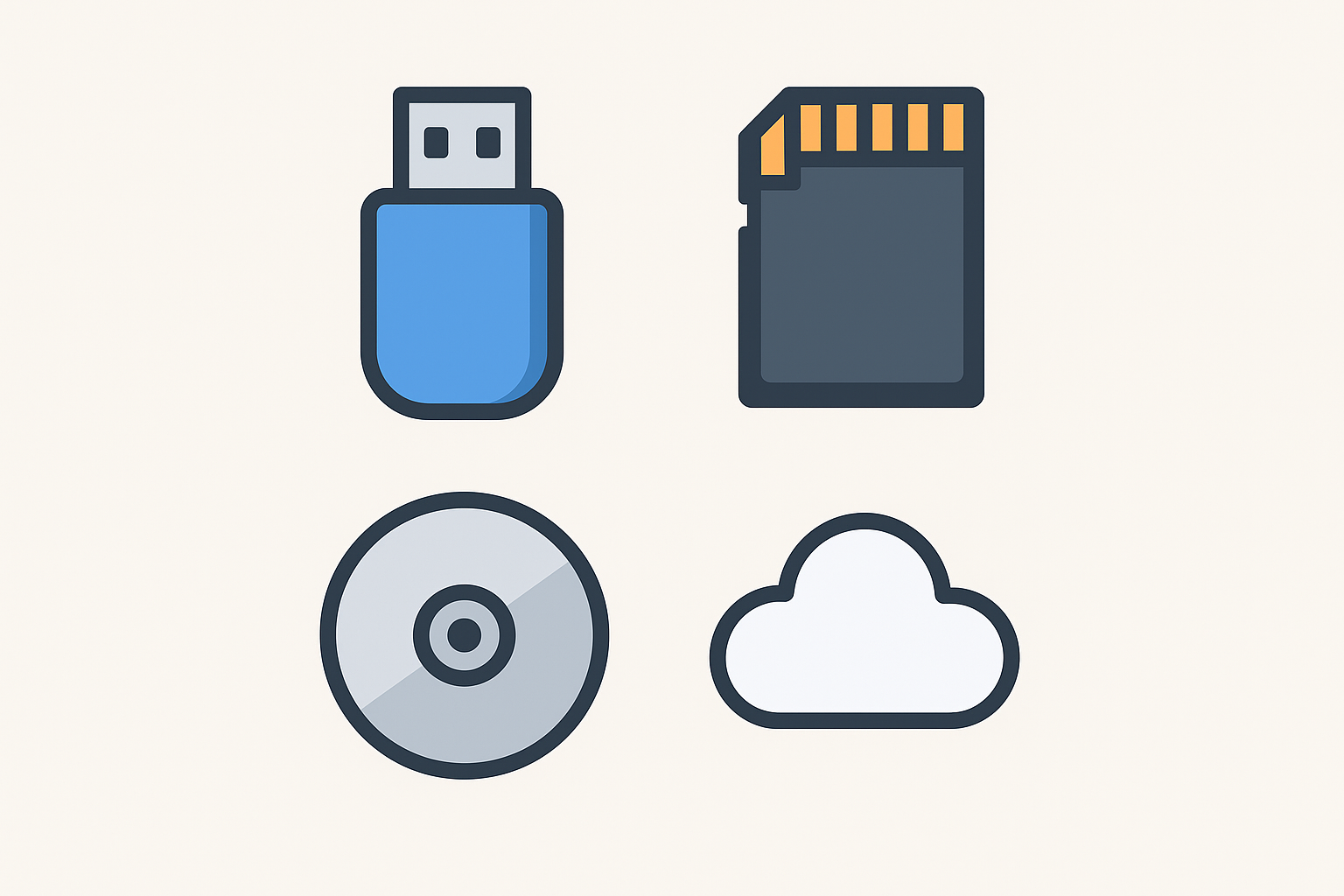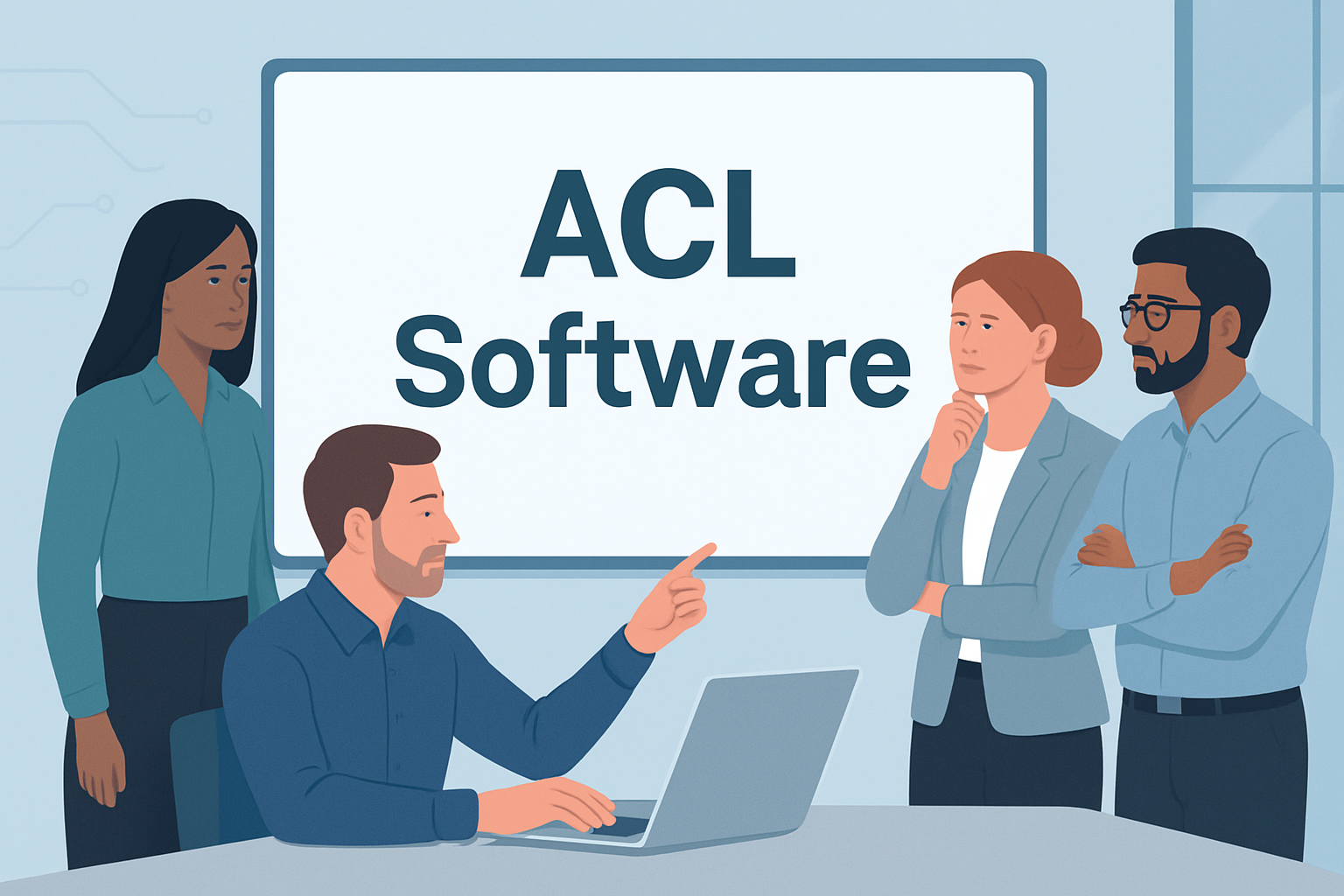Introduction: The Power and the Challenge
The Android operating system powers billions of devices worldwide, representing an unparalleled market opportunity for software developers. Its open-source nature and global reach make it an attractive platform for building applications. However, behind this potential lies a significant truth: why is software development on Android is hard for many individuals and teams. The challenges are not a reflection of a developer’s skill but are inherent to the platform’s vast and fragmented ecosystem.
This article will deconstruct the primary reasons behind this difficulty, moving beyond surface-level complaints to provide a clear-eyed analysis of the technical and logistical hurdles. More importantly, it will serve as a practical guide, outlining actionable strategies, modern tools, and best practices to navigate these complexities. By understanding the root causes and adopting the right approach, what seems like an insurmountable challenge can be transformed into a manageable and highly rewarding endeavor. The goal is not just to answer the question of why is software development on Android is hard but to provide a roadmap for making it significantly easier.
Part 1: The Core Reasons Why Android Development is Hard
The difficulty in Android development stems from several interconnected factors that create a uniquely complex environment compared to more walled-garden platforms.
1. The Fragmentation Quagmire
This is the most frequently cited challenge and for good reason. Fragmentation is a multi-headed beast that impacts nearly every stage of the development lifecycle.
-
Device Diversity: Unlike platforms with a limited set of hardware specifications, Android runs on thousands of different devices from numerous manufacturers. These devices have varying screen sizes, resolutions, pixel densities (DPI), and aspect ratios. An app that looks perfect on a 6-inch Samsung phone may appear distorted or broken on a 10-inch tablet or a device with an ultra-wide screen. This necessitates extensive design and testing efforts to ensure a consistent user experience.
-
Operating System Version Fragmentation: A significant portion of the challenge lies in the question of why is software development on Android is hard due to OS versions. While Apple can mandate rapid iOS adoption, the Android update process is slow and fragmented. Manufacturers and carriers must adapt new Android versions for their specific hardware, leading to long delays. As a result, developers must support a wide range of Android versions, sometimes spanning five or more years. This means forgoing the use of modern, convenient APIs available in the latest OS to maintain compatibility with a large user base still on older versions.
-
Hardware Capability Gaps: Device performance varies dramatically. A flagship device from Google or Samsung has a powerful CPU, ample RAM, and a high-end GPU. However, many budget-friendly devices have significant hardware limitations. An app that runs smoothly on premium hardware might suffer from lag, crashes, or out-of-memory errors on a low-end device. Developers must constantly optimize performance and test on a spectrum of hardware to avoid excluding a large segment of the market.
2. The Complex Development Environment and Tooling
The initial setup and ongoing use of Android development tools can be a barrier to entry.
-
Android Studio and the Build Process: Android Studio is a powerful IDE, but it is also resource-intensive. The build process, managed by Gradle, can be notoriously slow, especially for large projects. Waiting for builds to complete significantly slows down development iteration time. Configuring Gradle build variants for different app versions (e.g., demo, pro) can also be complex.
-
The Kotlin/Java Language Choice: While Kotlin is now the officially preferred language and has greatly improved developer happiness, many legacy projects and tutorials are still in Java. A developer may need to be proficient in both, and understanding the interoperability between them adds a layer of complexity. Furthermore, the object-oriented nature of these languages, combined with Android’s specific lifecycle, has a steeper learning curve than some more modern frameworks.
3. The Application Lifecycle and System Interactions
Android is a system where resources are carefully managed, and apps are not always in full control.
-
Unpredictable Lifecycles: Understanding the Activity and Fragment lifecycle is crucial. The system can destroy and recreate these components due to configuration changes (like screen rotation) or to free up memory. If not handled correctly, this can lead to crashes or data loss. Managing these state changes correctly is a fundamental but tricky aspect of Android development that often catches beginners off guard.
-
Background Processing Limitations: To optimize battery life, Google has placed increasingly strict restrictions on what apps can do in the background. Implementing long-running tasks like downloading files or syncing data requires careful use of Work Manager, foreground services, and alarms, each with its own rules and limitations. Navigating these rules correctly is essential but adds complexity. This is a key technical reason why is software development on Android is hard for those building data-intensive applications.
4. API Inconsistency and Continuous Evolution
The Android platform is not static; it evolves rapidly, which can be a double-edged sword.
-
Legacy vs. Modern APIs: Over the years, Google has introduced new, better ways to do things. However, old APIs often remain, leading to confusion. For example, there are multiple ways to handle permissions, store data, and display fragments. A developer must learn not just how to do something, but what the current “best practice” is, which may have changed multiple times.
-
Jetpack Library Adoption: Google’s solution to many platform inconsistencies is Android Jetpack—a suite of libraries. While Jetpack components like ViewModel, Room, and Navigation are excellent, they represent yet another layer of abstraction to learn. The pace of new Jetpack library releases can also be challenging to keep up with.
Part 2: How to Make Android Development Easier
Recognizing the challenges is only half the battle. The following strategies and tools are designed to systematically address each difficulty, streamlining the development process.
1. Taming Fragmentation with Strategy and Tools
You cannot test on every device, but you can be smart about it.
-
Adopt a Responsive Design Philosophy: Instead of designing for specific screens, use ConstraintLayout as the foundation for your UI. It allows you to create flexible layouts that adapt to different screen sizes. Use density-independent pixels (dp) for dimensions and scalable vector graphics (SVG) for images to ensure crisp rendering across DPIs.
-
Leverage Emulators and Cloud Testing Services: Android Studio’s emulator is powerful and can emulate many different device profiles and OS versions. For more comprehensive testing, use cloud-based services like Firebase Test Lab or AWS Device Farm. These services allow you to run automated tests on a vast matrix of real, physical devices in the cloud, providing invaluable feedback on how your app performs in the wild. This is a critical tool for mitigating the fragmentation problem.
-
Define a Smart API Level Policy: Don’t blindly set your
minSdkVersionto the lowest possible level. Analyze your target market’s device distribution (available via the Android Dashboard) and set a sensible minimum. Supporting versions with less than 1-2% market share often requires more work than the value it provides. Using this data-driven approach directly counters the problem of why is software development on Android is hard by limiting the scope of legacy support.
2. Streamlining the Development and Build Process
A faster, more reliable developer workflow is key to productivity.
-
Master Gradle for Performance: There are several ways to speed up builds. Enable Gradle’s build cache and configure your project to use the latest version of the Android Gradle Plugin. Use product flavors wisely to avoid building unnecessary variants during development. For very large projects, consider using a build cache server shared across your team.
-
Embrace Kotlin and Modern Language Features: If you’re starting a new project, use Kotlin. Its concise syntax, null safety, and coroutines for managing background tasks dramatically reduce boilerplate code and common sources of errors. Coroutines, in particular, simplify asynchronous programming, making it easier to write safe and efficient code.
-
Implement a Robust Architecture (MVVM/MVI): A clean architecture is non-negotiable for maintaining a complex codebase. The Model-View-ViewModel (MVVM) pattern, facilitated by Jetpack components, is the standard. It separates the UI logic (View) from the business logic (ViewModel), making the code more testable, readable, and resilient to lifecycle changes. This directly addresses the difficulty of managing complex lifecycles.
3. Leveraging Android Jetpack to Simplify Complexity
Android Jetpack is your greatest ally in the fight against platform inconsistency.
-
Use Lifecycle-Aware Components: Instead of managing the lifecycle manually, use ViewModel to store UI-related data. It survives configuration changes, so data is not lost when the screen rotates. Use LiveData or StateFlow to hold data and observe changes in a lifecycle-aware manner, preventing memory leaks.
-
Simplify Data Persistence with Room: The Room persistence library provides an abstraction layer over SQLite. It allows you to work with databases using simple annotations, reducing the amount of error-prone boilerplate code you need to write and making database operations much safer and easier.
-
Standardize Navigation with the Navigation Component: The Navigation component simplifies the implementation of in-app navigation. It provides a visual editor for navigating between destinations (fragments/activities) and handles back-stack management and fragment transactions automatically, reducing a significant source of bugs.
4. Adopting Modern Best Practices
-
Continuous Integration and Delivery (CI/CD): Automate your build, test, and release process using CI/CD pipelines (e.g., with GitHub Actions, GitLab CI, or Bitrise). This ensures that every code change is automatically built and tested, catching issues early and making the release process reliable and less stressful.
-
Focus on Modularization: As your app grows, break it down into smaller, self-contained modules. This improves build times (as only changed modules need to be recompiled), enforces clear boundaries between features, and makes the codebase easier for large teams to work on simultaneously. Understanding and applying modularization is a powerful answer to the question of why is software development on Android is hard at scale.
Conclusion: From Hard to Manageable
The initial question—why is software development on Android is hard—has a clear answer: fragmentation, complex tooling, intricate lifecycles, and a rapidly evolving platform create a steep learning curve and ongoing maintenance challenges. However, this difficulty is not a permanent state.
The path to easier Android development is paved with modern tools and disciplined practices. By embracing Kotlin, adopting the Android Jetpack libraries, implementing a clean architecture like MVVM, and leveraging cloud testing services, developers can abstract away many of the platform’s inherent complexities. The focus shifts from fighting the environment to building robust, scalable, and successful applications.
The journey may be demanding, but the arsenal of solutions available today is powerful. By strategically applying these methods, developers can harness the immense power of the Android platform without being overwhelmed by its challenges, turning a difficult endeavor into a productive and rewarding career.















